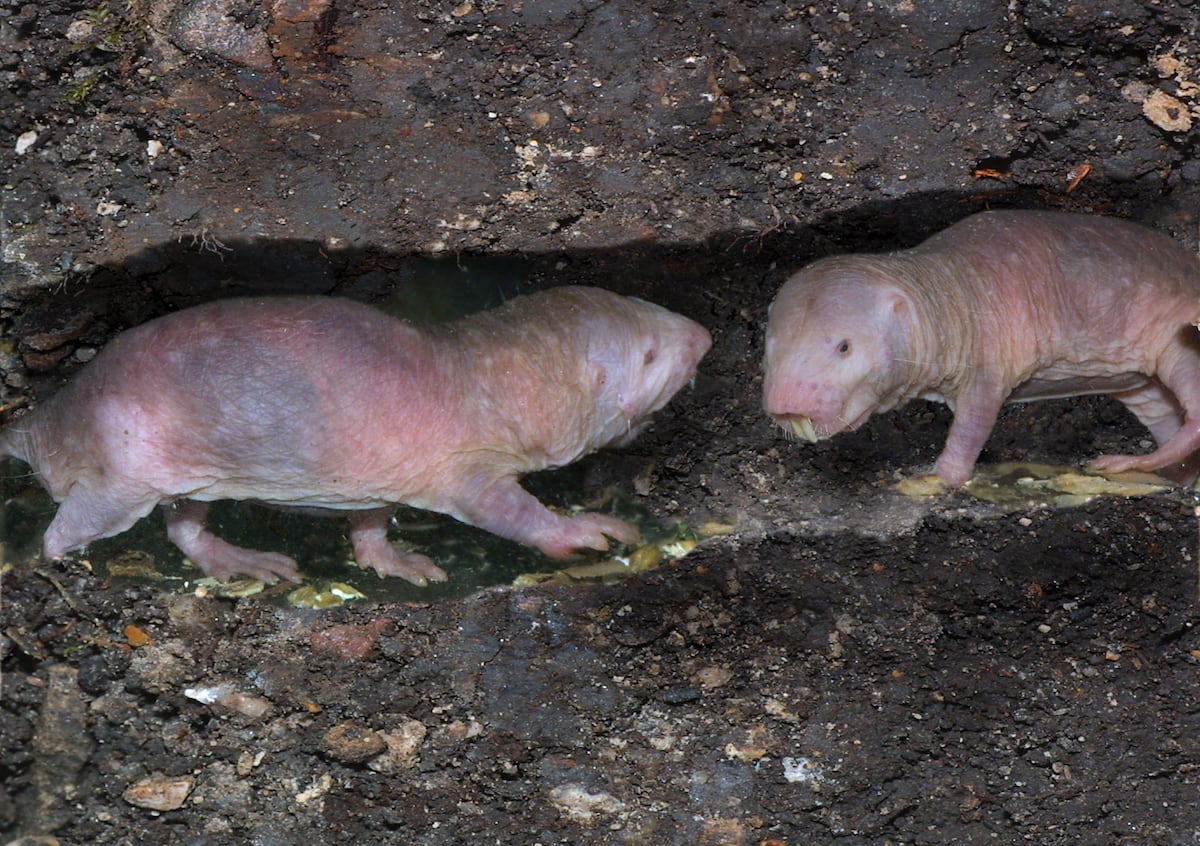Perhaps you live in the kind of household that likes to divide up the chores. You take the dishes, while someone else does the trash. If so, you are not so far off from the habits of a naked mole-rat, according to a new study.
The…

Perhaps you live in the kind of household that likes to divide up the chores. You take the dishes, while someone else does the trash. If so, you are not so far off from the habits of a naked mole-rat, according to a new study.
The…
This request seems a bit unusual, so we need to confirm that you’re human. Please press and hold the button until it turns completely green. Thank you for your cooperation!

There is an iron law in nature: the larger a species, the longer its members live. That’s why whales outlive elephants, and elephants outlive lions. Very few animals defy this rule. Humans have circumvented it thanks to culture. But there is a…

Bats are generally viewed as harmless, if spooky, creatures of the night. But scientists have revealed a more savage side, after witnessing a greater noctule bat – Europe’s largest bat species – hunting, killing and devouring a robin…

The first stage of SpaceX’s Starship megarocket has made it to the launch pad ahead of next week’s test flight.
On Wednesday (Oct. 8), SpaceX posted photos on X showing the giant booster, known as Super Heavy, making the move to the orbital…

Mount Edgecumbe volcano in Southeast Alaska sits in a place where a volcano shouldn’t really be sitting.
Research underway with new federal funding aims to solve that mystery, learn how magma forms beneath the reawakened volcano and reveal the…

SpaceX is gearing up for its 11th test flight of its full Starship rocket. With the woes of earlier this year looking to be in the past, the company is back to pushing forward what is possible; for this…